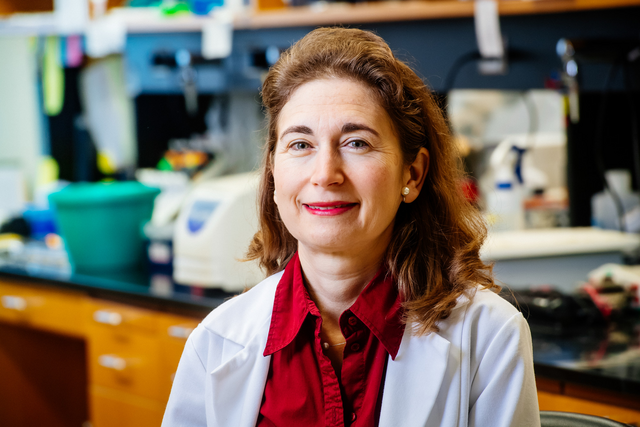While diabetes patients are categorized into two groups, either Type 1 or Type 2, no two patients are the same. The simple categorization often does not portray the disease and its many presentations, especially within different populations. For this reason, diabetes researchers and clinicians have emphasized the importance of growing the understanding of diabetes subtypes.
Researchers at the University of Alabama at Birmingham conducted a cluster analysis of diabetes in the Deep South to understand how the disease, and its subtypes, are clustered among the diverse population. Results published in the Journal of Clinical Endocrinology and Metabolism showed that Black/African American individuals have an increased risk for severe insulin-deficient diabetes, a subtype of Type 2 diabetes.
Those with SIDD typically are diagnosed at a younger age, are leaner and have worse blood sugar control, leading to higher A1c. Their beta cell function is impaired, making it harder to produce insulin, and they have a higher risk for complications such as a heart attack.
“Understanding that Black/African American individuals have an increased risk for SIDD has practical implications as it can help guide clinicians to more appropriate treatments for these individuals and hopefully improve outcomes, reduce complications and cut health care expenditures,” said Anath Shalev, M.D., the Nancy R. and Eugene C. Gwaltney Family Endowed Chair in Juvenile Diabetes Research in the UAB Division of Endocrinology, Diabetes and Metabolism in the Department of Medicine and the director of the UAB Comprehensive Diabetes Center.
